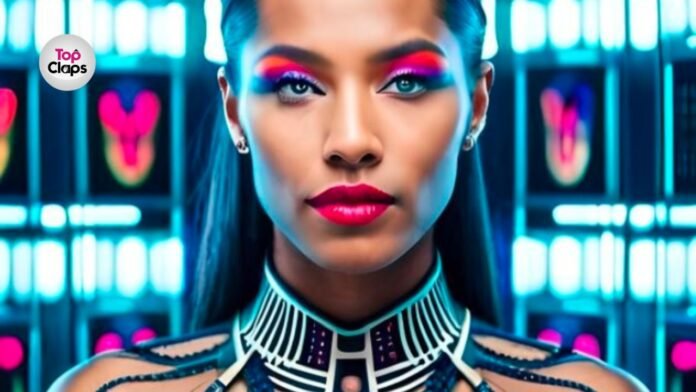In a revolutionary move, an international beauty pageant selected ten AI-generated artificial intelligence models to compete. The event will begin in May 2024 and is the first to incorporate AI into the fashion and entertainment industries.
How They Were Chosen
Submission and Selection
Participants submitted 1,500 AI-generated models for this year’s competition. Complex algorithms created these digital representations to demonstrate how technology can make human-like figures. The organizers chose just ten models from these entries, indicating both the fierce competition and high standards.
Different Backgrounds
The AI models come from various countries, such as Turkey, Portugal, Bangladesh, and France. This diversity reflects the global nature of the contest. Each model represents different beauty standards and cultural aspects from its respective country, thus promoting a more inclusive view of beauty.
Behind the Scenes of AI Models
Creation and Realism
Creating these AI models requires significant resources and advanced technology. The models were made to look like humans, with close attention paid to details like skin texture, facial expressions, or body movements. These are all achieved through deep learning methods using large datasets of human images.
Social Media Presence
Apart from looking real-life-like, these AI models have also amassed huge followings on social media platforms, with unique names and personas that attract thousands, if not millions, of followers each. Consequently, their popularity on social media plays a significant role in making them marketable. This, in turn, highlights the substantial influence digital personalities have gained over traditional forms of entertainment or marketing.
What It Means for the Fashion & Entertainment Industry
Changing Beauty Standards
Including AI models in a prestigious beauty contest challenges conventional ideas about what is beautiful or who can be a model. It opens up new avenues for representation and diversity by allowing for the creation of different-looking characters that could represent various looks or traits people may possess. This technological breakthrough could help break down old-fashioned notions about attractiveness while widening our understanding.
Ethical Concerns
While AI has many exciting possibilities in modeling, some ethical questions arise, too. Key concerns include potential job losses among human models, the authenticity of digital personalities, and the impact on self-esteem and body image. The industry needs to handle these issues carefully to ensure ethics are not compromised while integrating AI into its operations.
What Lies Ahead
More AI Applications
The success achieved by AI-generated models at this beauty pageant could lead to wider adoption of artificial intelligence across different areas within the fashion and entertainment sectors. Virtual fashion shows or digital influencers are but a few examples that can be realized. Brands and designers may use AI more often when creating innovative marketing campaigns or interactive customer experiences.
Boosting Creativity & Innovation
AI technology has the potential to foster creativity in the industry. Designers can experiment with new styles or concepts using models generated through artificial intelligence, thus pushing the boundaries of fashion and art further than ever before. This symbiotic relationship between tech and creativity may result in groundbreaking inventions, rapidly transforming this sector.


